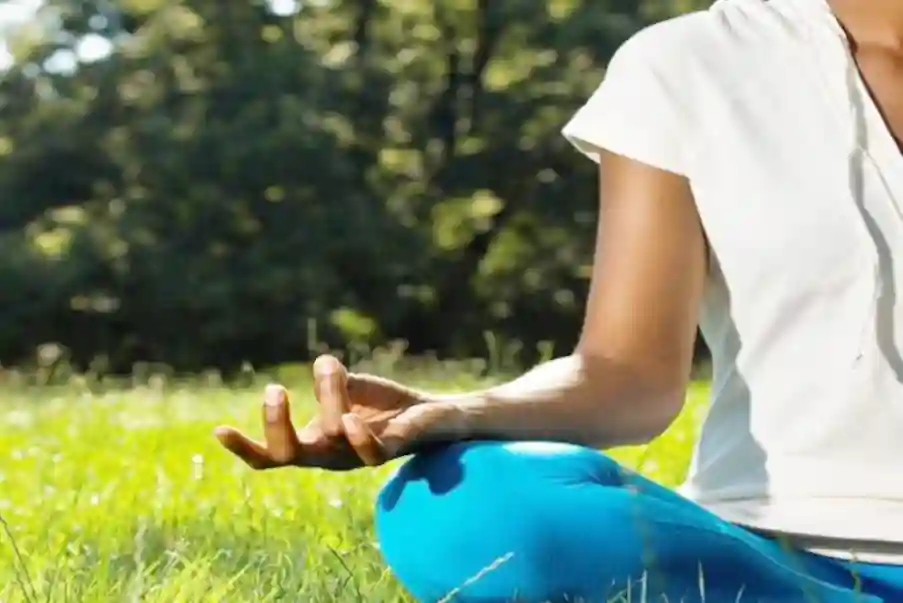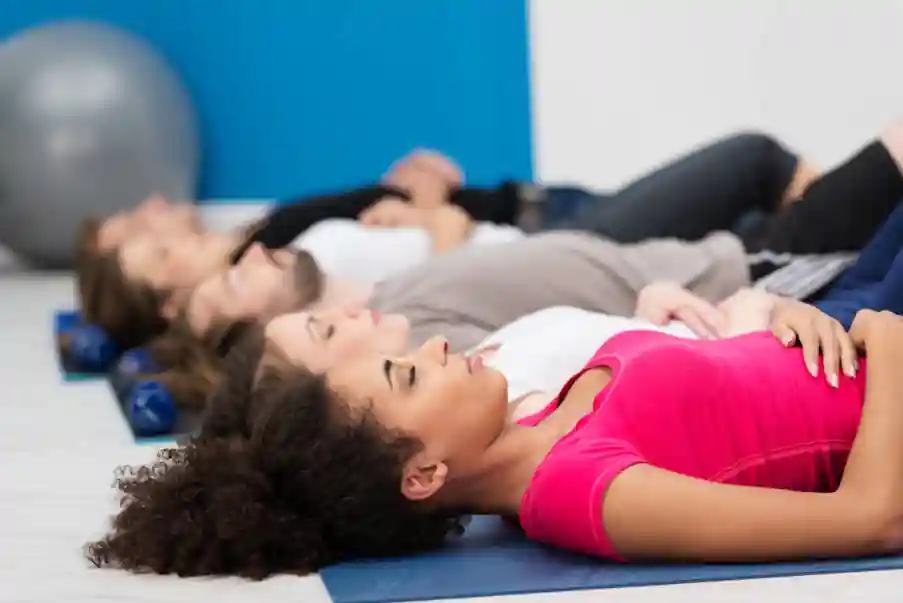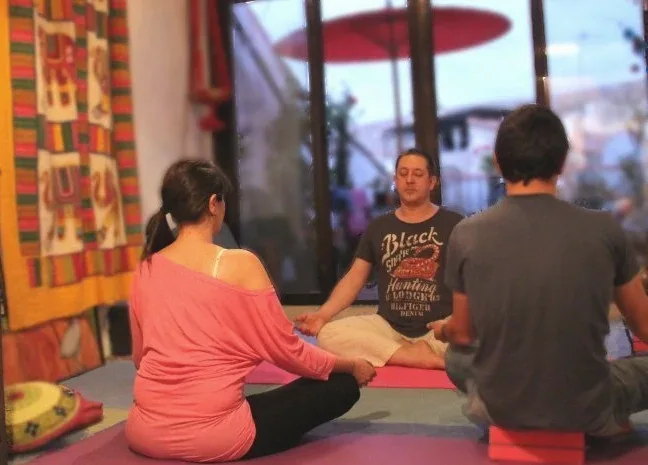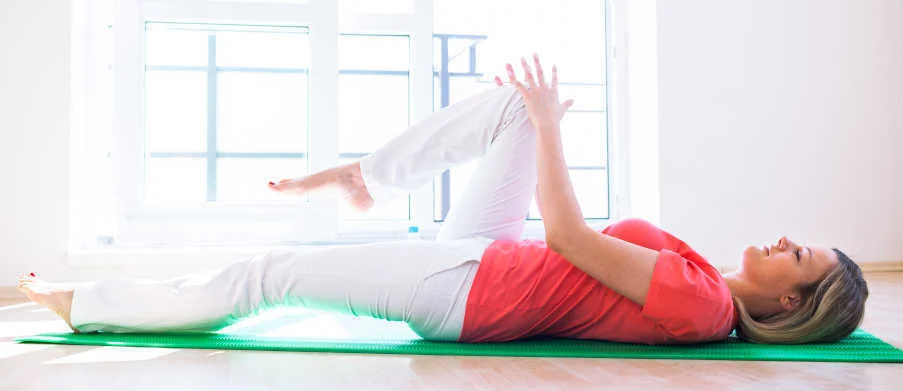Occupying the south western corner of the central Iberian plateau, Extremadura, the place beyond the Duero river, is a land of great natural beauty and cultural richness, a place of contrasts – and extremes!

Visit Extremadura, Spain’s Best Kept Secret
A Road Less Travelled
Occupying the south western corner of the central Iberian plateau, Extremadura, the place beyond the Duero river, is a land of great natural beauty and cultural richness, a place of contrasts – and also extremes!
A land of snow-capped mountains, ancient forests, and open plains, copiously watered with the lakes and tributaries of two of Spain’s major rivers, The Tagus and Guadiana, Extremadura boasts some of the country’s most pristine natural landscapes
No less remarkable is Extremadura’s mark on Spanish history, stretching back millennia, with an abundant artistic and architectural legacy bearing witness to waves of Roman, Visigoth, Muslim, Jewish and Christian settlement
It’s no wonder, then, that after a glorious week of yoga so many of our visitors find themselves wanting to stay a few more days to explore Extremadura. Not that Trujillo isn’t bursting with cultural and natural treasures. And if you’ve joined us for yoga and walking, you’ll have experienced Extremadura’s wild side. It’s just there’s so much to enjoy in Extremadura!
For those of you able to make that extra time, or if you’re visiting Extremadura independently, this article will guide you through some of the best experiences Extremadura has to offer. We share our best recommendations combined with local knowledge to help you enjoy the best time on your visit to this magical corner of Spain
Journey Through Extremadura’s Cultural And Natural Heritage
Discover the rich cultural tapestry of Extremadura’s golden triangle in the UNESCO World Heritage cities of Mérida, with its ancient Roman ensemble, the monumental City Of Cáceres and the Great Basilica and Royal Monastery of the mountain shrine of Guadalupe
Explore the pristine natural landscapes and rich wildlife of Extremadura’s National parks: from the soaring cliffs, meandering rivers, and lush forests of Monfragüe Biosphere Reserve, to the rugged mountain landscapes of Villuercas-Ibores-Jara Geopark, symbol of sustainable tourism
And indulge in a plethora of festivals, traditional arts and crafts and gastronomic delights, from the world-famous acorn-fed Jamón Ibérico to the delectable Torta del Casar cheese
Uncover a world of cultural and natural treasures in Extremadura, a destination that promises you an unforgettable encounter with the many colours of bygone and contemporary Spain
Cultural Heritage
Mérida

Capital of the Roman province of Lusitania, which in its day encompassed modern day Extremadura and much of Portugal, ancient Augusta Emérita retains its power base as the seat of government of the Autonomous Community Of Extremadura
A UNESCO World Heritage site since 1993, Mérida’s archeological treasures include a Roman theatre and amphitheatre, a large circus, an extensive water supply system including an aqueduct, and a still intact bridge spanning the Guadiana river. Wandering through the City’s streets you will suddenly chance upon the many temples and shrines dedicated to the gods and goddesses of ancient Rome
If meandering through the ancient sites to marvel at their beauty and soak in their atmosphere is not enough, you can learn more about the history of Roman Spain in Merida’s National Museum Of Roman Art. Or take in a show at the city’s annual summer festival of classical theatre staged in the old Roman theatre
There And Back Again
AvanzaBus runs regular bus services from the Spanish Yoga Retreat’s base in Trujillo to Badajoz, stopping at Mérida
Vegetarian Mérida

Veggie food is not so easy to come by in Spain, so if you adhere to a plant-based diet you’ll be pleased to hear that Mérida has a fully fledged and quite excellent vegetarian restaurant, the
Shangri La, Calle Sagasta, 21, 06800 Mérida
Tel +34636752837
Cáceres

Just 46km (28.6 miles) due west of Trujillo is the provincial capital Cáceres, Extremadura’s second UNESCO World Heritage Site.
From Plaza Mayor pass through the the 18th-century Arco de la Estrella into the old medieval city, with its narrow streets filled with churches, palaces, mansions and fortified towers spanning and array of architectural styles from Romanesque to Islamic, Gothic, and Renaissance
The City’s Moorish walls also contain the second largest water cistern in the world
Nearby, the Fundación Helga De Alvear (Calle Pizarro, 8) is Cáceres modern art museum, housing an excellent collection of works from Picasso to Ai Weiwei
Travel
Avanzabus run regular daily services from Trujillo to Cáceres central bus station
Barruecos Regional Park And Vostel Museum
11km west of Cáceres city is the Barruecos natural park, an area of fantastically shaped granite boulders surrounding a series of lakes, ancient man-made acquafers attracting a wealth of wildlife. The park is a great site for walkers, with well marked circular trails where you can enjoy the rugged beauty of the great rocky structures reflected in the park’s still waters
Within the park, the Vostell museum houses works by the German artist Wolf Vostell and other artists linked with the Fluxus movement
There is an excellent restaurant with a bar serving lunch and dinner:
Restaurant Museo Vostell
Carretera de los Barruecos, s/n, 10910 Malpartida de Cáceres
Tel +34 927 01 08 12
Guadalupe

Nestled in one of the least accessible parts of Extremadura, deep in the mountainous terrain of the Villuercas-Ibores-jara geopark, the exquisitely picturesque village of Guadalupe is dominated by the Real Monasterio and great Basilica dedicated to Our Lady Of Guadalupe
The Real Monasterio houses important works from Spanish masters, including Velazquez, El Greco and Zurbarán, often dubbed the Caravaggio of Extremadura
A multitude of devotees congregates every year in September, walking on their knees to pay homage to Our Lady Of Guadalupe, patron saint of Extremadura, and crowned queen of the Spanish speaking world in 1928
The appearance of Guadalupe in the guise of an indigenous Mexican woman to the peasant Juan Diego in mount Tepeyac, Mexico city, echoes the vital historical and cultural connection between Extremadura and Latin America
Getting There
Despite its World Heritage Status, Guadalupe is poorly served by public transport, with one single daily bus service from Cáceres, stopping at Trujillo. Unfortunately the return bus leaves before the outward bus arrives, making an overnight stay obligatory
Nevertheless, Guadalupe is a must-see. Most of our people share a hire car or taxi (currently around €80-90 one way) for the 93km drive to this pilgrimage at the end of the world
Other Places Of Cultural Interest
Cradle Of Explorers And Conquistadors
History buffs may want to learn more about the impact of Extremadura in the founding of modern-day Latin America. Known as the cradle of conquistadors, Extremadura is also cradle to explorers and other men of relative peace. Though the origins of the individual characters span the region, two places stand out:

TRUJILLO
Founded by the Romans on Celtic settlements, and continuously inhabited for more than two thousand years, Turgalium reached its ascendancy as Torgielo under Muslim rule
Boasting Spain’s most beautiful town square and an old medieval walled city crowned by the city’s 9th century Moorish caste, Trujillo was the birth place of Francisco Pizarro, conqueror of the Inca and founder of Lima, Peru, as well as Francisco Orellana, first European explorer of the Amazon and others
Home of the Spanish Yoga Retreat, you can read more about Trujillo here
MEDELLÍN
Also of Roman origin, the town of Medellín in Badajoz provice is the birthplace of another notorious figure, Hernán Cortés, conqueror of the Aztec empire of Mexico
Despite the ravages of time and wars, Medellin preserves a worthy architectural ensemble, notably a Roman theatre, medieval castle, and a 17th century bridge over the Guadiana river. A Centro De Interpretación details the area’s historical and geographical features
Exploring Spain’s Natural Paradise
Monfragüe Biosphere Reserve

This most natural paradise, covering 18,000 hectares of towering cliffs and pristine lichen-drenched forests straddling the rivers Tagus and Tiétar offers you nature at its most pristine
Named Mons Fragorum, the fragrant mount, by the Romans, Monfragüe is a haven for birds and bird-watchers alike. In addition to the 340 species, including the black stork, settling here in each yearly cycle, the park is home to permanent colonies of black Egyptian vultures and Spanish imperial eagles. Deer and wild boar abound, while the more elusive Iberian lynx is more likely to spot you than you it
Numerous well marked hiking trails take you through the park’s visual splendours. Monfragüe is a favourite location for our yoga and walking retreats, our walks taking us from the Fuente Del Francés up to Monfragüe castle for aerial views of the park. You won’t need binoculars to see the resident black vultures hovering at eye level, but they’ll help you spot the less conspicuous smaller creatures which fill the park
The park’s main setting off point, Villareal De San Carlos, offers rural accommodation in traditional bungalows as well as two bar-restaurants and an information centre
Getting There
If you’re not joining us for yoga and walking, Emiz runs buses from Trujillo to Plasencia stopping at Villareal De San Carlos on Mondays and Fridays
Villuercas-Ibores-Jara Geopark

Contiguous with Monfragüe and right on Trujillo’s doorstep is the mountainous region of Villuercas-Ibores-Jara. Designated geo-park by UNESCO in 2011 the park is a symbol of sustainable tourism
Geologically once part of the American Apalachians, and now continuous with the Toledo range, the park’s physical pinnacle, the 1601m Risco De La Villuerca offers views of the peaks and valleys of this achingly beautiful region
Dotted with remote ancient villages that time forgot, this is a very sparely populated and traditional area. It may come as a bit of a surprise, therefore, to find the Swiss-run restaurant Algo Así (something like that)
A Unique Dining Experience At Algo Así
Set in lovely countryside just outside Cañamero, Algo Así serve a set menu, expertly prepared essentially from home and locally produced fare. Plant based options are available with prior notice. Pre-booking at least 24 hours before is essential
Getting There
Like Guadalupe itself, the park has little in the way of public transport. However, roads are good and car hire firms plentiful
Walking The Ruta Isabel La Católica
A novel way of exploring the Villuercas is with Trujillo’s local ramblers group, Trujillo En Marcha, who organize a yearly trecking pilgrimage in September through the geopark
The route follows the old Ruta Isabel La Católica joining Cañamero to Guadalupe. It’s a three stage event, each stage a week apart and covering around one third of the trajectory, with a return to Trujillo by privately hired bus. You can join all or any of the stages individually
The final stage is set to coincide with Guadalupe’s yearly homage to its patron saint. The most faithful arrive on their knees. You may be forgiven for finishing the route on foot
Other Outdoor Activities
Walking
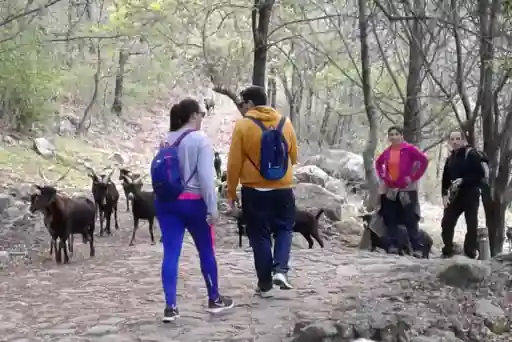
Areas especially popular with walkers include
– The Northern valleys around Sierra De Tormantos, including Jerte, Spain’s cherry orchard, with its spectacular display of cherry blossom in the spring, and La Vera, home to Spain’s smoked pimentón (paprika). Both valleys are home to numerous gargantas, mountain springs such Los Pilones and Garganta La Olla (see fresh-water swimming below) and endless others
– Sierra De Gata and Las Hurdes: Extremadura at its most rustic and traditional
Monfragüe and Villuercas-Ibores-Jara National parks (see above)
– Extremadura also constitues part of the so-called Southern Camino to the Sanctuary of Santiago De compostela. Less well known among the pilgrim community, this is an ideal route if you who enjoy tranquility, nature and solitary landscapes
The route joins Huelva, in Andalucia, with Zafra in southern Extremadura. Here it joins the Via De La Plata (Silver Way), an ancient Roman road transporting silver from the northern mines to the southern port of Seville
– An alternative third pilgrims’ way has recently received some attention. Another historical Roman road, the Via De La Estrella (Starry Way) stretches west from Cáceres city via Alcántara to Segura on the Spanish-Portuguese border, within the International Tagus Biosphere Reserve. From here the Portuguese Via da Estrela takes the walker through Braga before crossing back into Spain for the final stretch to Santiago
For independent walking in Extremadura check WikiLoc, a website full of routes worldwide compiled by the people who’ve walked the walk
Bird Watching
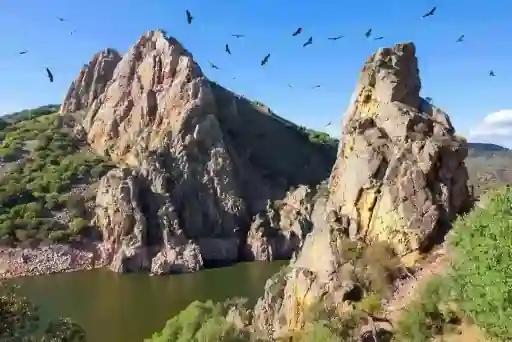
If birdwatching is your passion, Extremadura is a dream: from the Spanish imperial eagle to the colorful European bee-eater, Extremadura’s skies are filled with a symphony of wings
Known international for its incredible bird diversity, Extremadura is an ideal birdwatching destination, attracting bird enthusiasts from around the world
Trujillo-based Martin Kelsey and colleagues organize scheduled and bespoke birding holidays and guided tours. Check them out at Birding Extremadura
Freshwater Swimming
Watered by the melting snows of the high sierras and the great arterial trees of two of Spain’s principal rivers, the Tagus and Guadiana, Exremadura contains as many as 175 bodies of water, large and small, and boasts the longest stretch of freshwater beach in all of Spain
From the cascading gargantas and natural bathing pools of the sierras of La Vera and Jerte in Cáceres province, to the spa waters of Alange and the popular beach resort of the Orellana reservoir in Badajoz, Extremadura offers the visitor a thousand and one ways to lie back and stay cool
Among our favourites are
1. Los Pilones

Centures ago, boulders carried by snow melts from the high mountains to the Jerte Valley below became lodged, the action of water eroding the granite into a series of basin-like shapes. These are Los Pilones. Translating in English as fountain or drinking pool, Los Pilones is one of Extremadura’s best loved bathing spots
Access to Los Pilones is on foot, starting from the Centro De Interpretación at the Garganta Nature Reserve along a forested path with wonderous views of the towering sierra and valleys below
Garganta La Olla
South of Jerte, on the thickly forested slopes of La Vera, Garganta La Olla rushes over the edge of the picturesque village of the same name. Towering mountains and beautiful gorges form the backdrop to deep pools, thundering waterfalls and natural sunbathing areas on the garganta’s rocky plateaus
Nearby is the beautiful Monaterio De Yuste, where King Charles I of Spain spent much time convalescing from the consequences of his lavish lifestyle. A few metres further along the same road is the exquisitely picturesque village of Cuacos De Yuste, one of the areas most traditional and best preserved
Playa De Orellana
Bordering the vast Orellana reservoir, one of Extremadura’s largest, Orellana beach on the inland Costa Alegre (Happy Coast) offers the visitor all the attractions associated with a large body of water: sailing, wind surfing, canoeing, fishing and even swimming
Designated special protection area (English: SPAs) the reservoir and neighbouring Sierra De Pela are considered a wetland of international importance, particularly for bird-life, with various species of eagles and vultures as well as the Black stork, Natterjack toad and species of otters, badgers and more
Getting There
There are no direct public transport connections from Trujillo. Los Pilones And Garganta La Olla can be accessed by bus from Plasencia and Navalmoral De La Mata. Merida has bus services to the village of Orellana la Vieja for access to Orellana beach
Sky Watching
Astrotourism is fast becoming popular in Extremadura, its lack of human light-pollution and relatively dry and unpolluted atmosphere providing the dark skies ideal for star-gazing
A number of groups running sky-watching experiences with both the naked eye and robotic telescopes from places including Mérida, Cáceres, Cañamero, Plasencia and hre in Trujillo. Check out Stargazing Extremadura for info
Festivals Everywhere
As everywhere in Spain Extremadura is awash with festivals. Local festivals like the annual summer feria celebrated in every village in Spain and special homages to the local patron saint, regional festivals like Extremadura day, national festivals like Easter, of course, and just festival festivals like Cáceres’ World Of Music Art And Dance (WOMAD), Badajoz’s vibrant February carnival and Trujillo’s National Cheese And Wine Fair
Since any half decent account of Extremadura’s festivals would fill a book, we’ll list our top three, just stopping to mention some of Extremadura’s querkier festivals you might like to enjoy
1. Trujillo’s Chíviri
Easter week in Spain is among the most celebrated, with sombre, though extravagant processions followed by all night parties
Trujillo’s Easter Sunday celebration is particularly gay, as the town celebrates the end of lent and start of spring with a colourful street party with locals, dressed in shepherd and shepherdess costume, dance to endless versions of a not-so-old song entitled Chíviri
Folk heresay has it that centuries past only the nobility could consume flesh during the 40 days of lent, paying the church a special levy to mediate with the divine presence. Thus, the end of lent was celebrated with the slaughter of lambs brought to the town square by shepherds, to be spit roasted and shared among all
No lambs are slaughtered nowadays. But the eating, drinking and dancing continues every Easter for day and a night
2. National Cheese And Wine Fair
Trujillo also hosts this annual festival in May, when the town square is filled with the whiff of cheeses from all over Extremadura, Spain, and a selection of guest countries
Extremadura has a remarkably rich variety of top brass cheeses, most made from ewe’s or goat’s milk using a traditional vegetable rennet extracted from local thistles. Apart from the famous DOPs (protected origin) Torta Del Casar, and Torta De La Serena, the fair offers a huge array of national and international hard and soft cheeses to enjoy with a glass – or two – of wine
The Trujillo-based Finca Pascualte’s retorta had long a personal favourite of ours when it won the best Spanish cheese award 2017-8 in the UK’s World Cheese festival in Birmingham
3. WOMAD Cáceres
This festival of world music, art and dance, founded by peter Gabriel and colleagues in 1980, is celebrated in the city of Caceres in May following Trujillo’s cheese and wine fair. WOMAD Cáceres as a free bash, the big acts in the main square attended by smaller events in the plazas and historical buildings in and around the the old city
The central Paseo De Canovas turns to colourful marketplace full of arts and crafts as the smell of food and the sound of music pervades the city air
Other Quirky Festivals
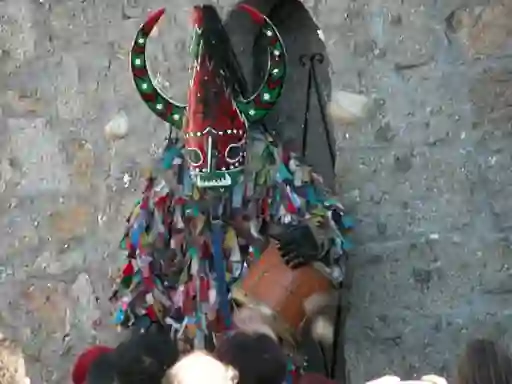
The Turnip Festival Of Jarramplás, celebrated in Extremadura’s highest town of Piornal in the northern Sierra De Tormantos, is designated festival of national and international interest
Tradition has it that a Jarrampla (thief) came Piornal to steal the residents’ animals but hadn’t betted on the fierce response he got from local people, who pelted him with turnips to chase him off. Every January some young person has the honour of running through Piornal’s streets dressed as Jarramplás while being showered with a couple of tons of turnips as punishment
Not all turnips go to waste, as the town also enjoys them in local dishes during the festival
Subscribe To Posts




